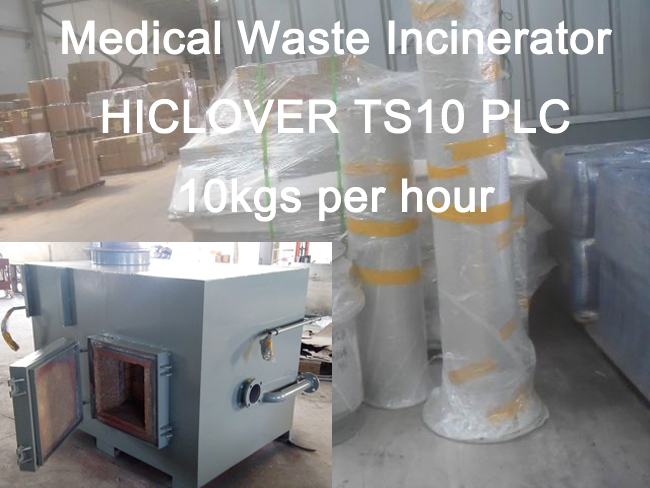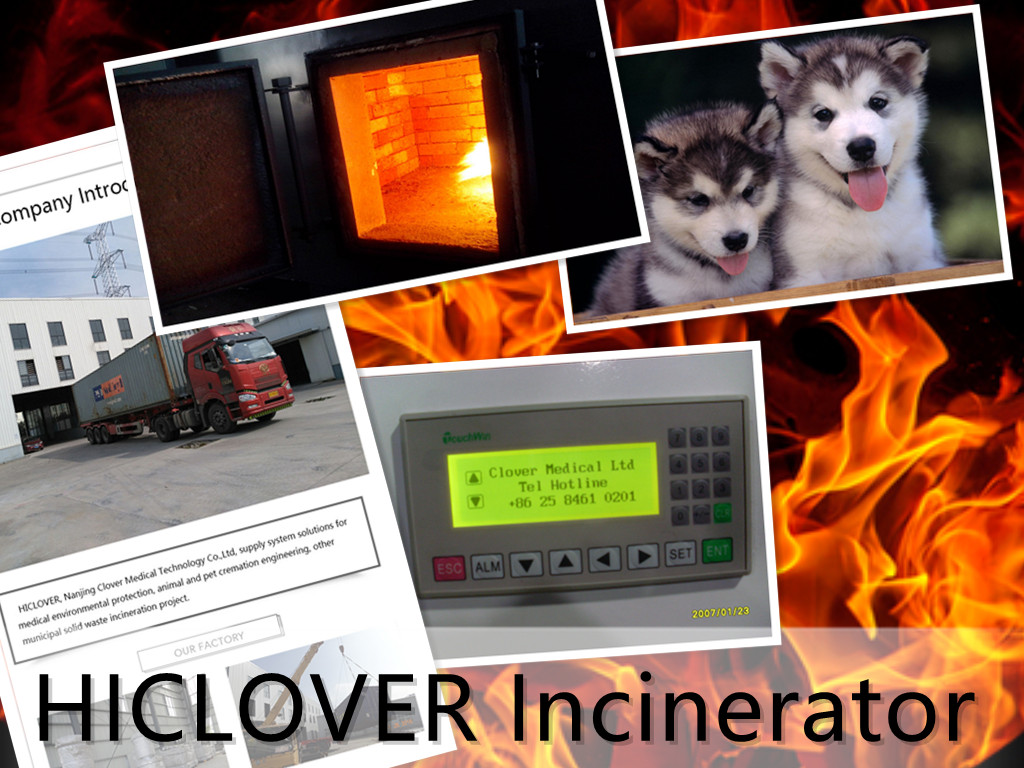Waste-to-energy is a growing industry that offers a sustainable solution to the increasing problem of waste disposal. In this process, waste is incinerated to generate energy, reducing the volume of waste going to landfills and providing a renewable energy source. Waste incineration equipment plays a crucial role in this process, enabling efficient and environmentally friendly disposal of waste.
The primary function of waste incineration equipment is to burn waste at high temperatures, typically between 800 and 1200 degrees Celsius, in a controlled environment. This process not only reduces the volume of waste but also eliminates harmful substances and pathogens, making the remaining ash safe for disposal. The heat generated from the burning waste is then used to produce steam, which drives turbines to generate electricity. This electricity can be used to power homes, businesses, and industries, reducing reliance on non-renewable energy sources.
One of the main benefits of waste incineration equipment is its ability to reduce the amount of waste sent to landfills. Landfills are a major source of methane, a potent greenhouse gas that contributes to climate change. By diverting waste from landfills and using it to produce energy instead, waste-to-energy solutions help to reduce greenhouse gas emissions and mitigate the impacts of climate change.
Moreover, waste incineration can also help to address the issue of waste management in urban areas where land for landfill sites is limited. By converting waste into energy, this process provides a sustainable and space-efficient solution for waste disposal.
There are various types of waste incineration equipment, ranging from small-scale units suitable for individual communities to large, industrial-scale facilities serving entire cities or regions. Advanced technologies such as air pollution control systems, including scrubbers, fabric filters, and electrostatic precipitators, help to minimize the release of harmful gases and particulate matter into the atmosphere.
Furthermore, modern waste incineration equipment is designed to meet strict environmental regulations and emission standards. By incorporating measures to reduce air pollutants, such as sulfur dioxide, nitrogen oxides, and heavy metals, waste-to-energy facilities can operate in an environmentally responsible manner.
However, it is important to note that waste incineration should be considered as a complement to recycling and other waste reduction efforts, rather than a standalone solution. While waste-to-energy offers a sustainable way to manage non-recyclable waste, it is crucial to continue promoting and improving recycling and waste reduction practices to minimize the amount of waste generated in the first place.
In conclusion, waste incineration equipment plays a vital role in waste-to-energy solutions, providing an efficient and environmentally friendly method for waste disposal while generating renewable energy. By investing in advanced incineration technologies and adhering to strict environmental standards, waste-to-energy facilities can contribute to a more sustainable and circular approach to waste management.



